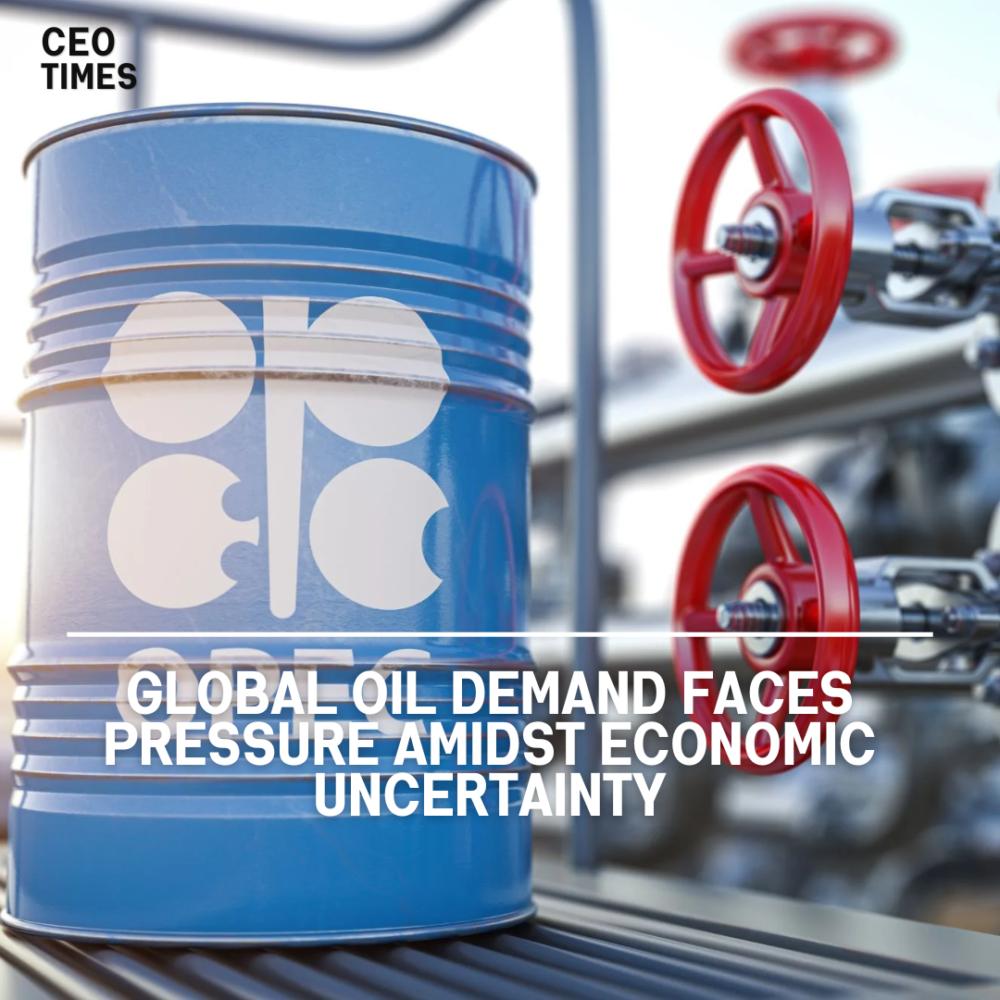Global oil demand growth must accelerate in the coming months, or the market may struggle to absorb the planned increase in oil supply from OPEC+ starting in October.
Analysts, industry sources, and data suggest that OPEC+ might have to reconsider its supply strategy if demand does not pick up.
Sluggish Demand from Major Consumers:
In the first seven months of 2024, oil demand growth in top consumers like the United States and China fell short of expectations. The situation worsened as fears of a U.S. recession triggered a global stock and bond sell-off, adding to concerns about future demand.
If the global economy continues to slow, oil demand growth will likely decline. This scenario could force OPEC+ to either delay its planned increase in oil production or accept lower prices for the additional supply.
“In current circumstances of significant risk of recession, it is unlikely OPEC+ would move forward with the planned October increases,” said Gary Ross, CEO of Black Gold Investors.
Impact on Oil Prices:
Oil prices fell below $80 per barrel in August, which is less than what most OPEC+ members need to balance their budgets. An independent analyst, Neil Atkinson, highlighted the downside risks to oil demand, particularly in the U.S. and China. He noted that it’s difficult to see significant price increases if demand remains sluggish.
China’s crude imports from January to July 2024 averaged 10.89 million barrels daily, down 2.4% year-on-year. This decline is partly due to the growing use of LNG-powered trucks, reducing diesel consumption, and ongoing economic challenges in China’s property sector.
In the U.S., oil consumption through July increased by 220,000 barrels per day (bpd) compared to last year, averaging 20.25 million bpd. However, demand must accelerate to meet the government’s 2024 forecast of 20.5 million bpd.
Conflicting Demand Estimates:
There is significant uncertainty regarding global oil demand, with a record variation in estimates from respected analysts at OPEC and the International Energy Agency (IEA). OPEC estimates global demand growth at 2.15 million bpd for the first half of 2024, while the IEA’s estimate is much lower at 735,000 bpd.
The discrepancy is largely due to differing views on China’s oil consumption, with OPEC estimating a rise of over 800,000 bpd in the second quarter, while the IEA believes it contracted.
The Road Ahead:
For OPEC’s full-year demand prediction to hold, global demand must accelerate to an average of 2.30 million bpd in the second half of 2024. In contrast, to meet the IEA’s forecast, demand would need to grow by 1.22 million bpd during the same period.
Both OPEC and the IEA are expected to update their demand forecasts next week, which will provide further clarity on the outlook for global oil markets.




















